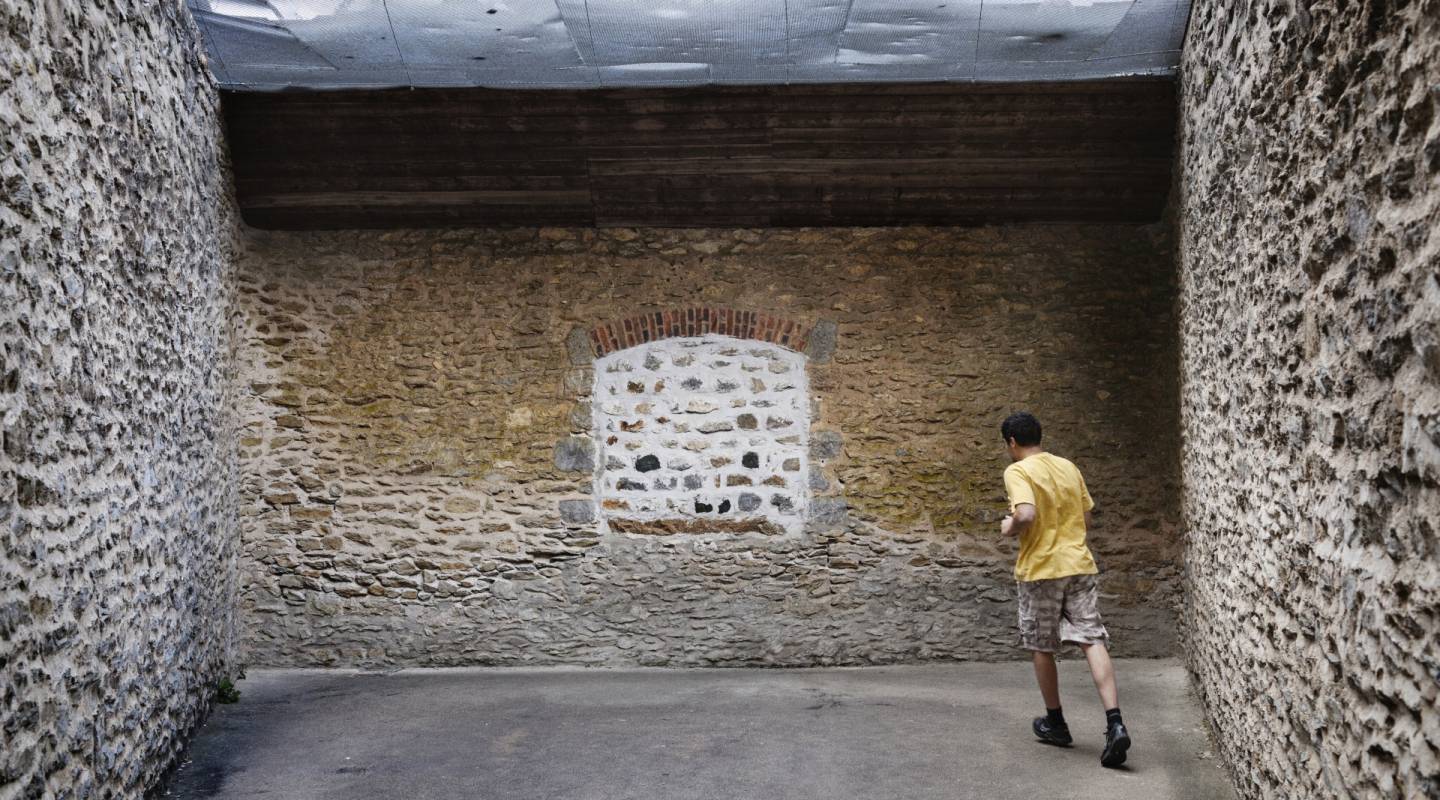
France
Capital city — Paris
Country population
i2018/ INSEEIncarceration rate (per 100,000 inhabit…
Type of government
Human Development Index
Homicide rate (per 100,000 inhabitants)
i2015/ OECDName of authority in charge of the pris…
Total number of prisoners
i01/01/2019/ Prison administrationAverage length of imprisonment (in mont…
Prison density
116.5 %Detention centres…
i02/2019/ Report CGLPLTotal number of prison facilities
i01/01/2018/ Prison adminsitrationAn NPM has been established
Female prisoners
i2019/ Prison administrationIncarcerated minors
i01/2019/ Prison administrationPercentage of untried prisoners
i01/2019/ Prison administrationDeath penalty is abolished
yes, since 1981The last executio…
Security, order, and discipline
Security measures
Security functions are fulfilled by
- the penitentiary administration
- the police or gendarmerie
Some prison facilities, units or cells implement high-security measures
Prisoners are classified according to their supposed level of dangerousness
yes
-
Placement in a very high-security facility is supposed to be only for persons deemed to be dangerous offenders and those serving long sentences. The length of stay is supposed to be limited. Some individuals are in fact placed there because of difficult behaviour. The CGLPL sees this kind of treatment as inappropriate for them and says it constitutes “an inordinate system of confinement in disguise”.
The law allows body searches, whether full or not, if there is a presumption that an offence has been committed or where a person’s behaviour may pose a risk to the security/safety of others or of the prison.
The 24 November 2009 Prison Act allows body searches only as an exceptional measure if other means of control (patting, electronic screening) are not sufficient.
Body cavity searches are conducted by a physician
Internal body examinations are banned unless express justification is provided. They must be carried out by a doctor.
Relatives who enter the prison are searched using the following methods
electronic devices
Professionals who enter the prison are searched using the following methods
electronic devices
Security staff carry
- firearms
- non-lethal weapons
A special intervention unit is in charge of restoring order
The 24 November 2009 Prison Act allows body searches only as an exceptional measure if other means of control (patting, electronic screening) are not sufficient. These principles are not applied, as they are vehemently opposed by some of the prison officers’ unions. Since June 2016, naked searches may be carried out in accordance with general guidelines determining where and when they can be conducted, irrespective of any arrangements in place for individual prisoners.
Incidents
The prison service keeps record of incidents
Number of violent acts against prison staff
4,314
Collective movements are recorded
yes
Collective movements usually protest against prison conditions or how poorly the prisons are run. Protests can take the shape of refusing to return from walks, refusing to eat meals, or protesting in the workshops. Any collective action constitutes an offence and members may have to appear before a committee and face disciplinary action.
Disciplinary regime
Breaches of discipline are clearly defined in writing
Disciplinary arrangements and procedures are subject to a number of procedural safeguards, such as the presence of a lawyer and the participation of an arbitrator from the disciplinary committee who must be independent of the administration.
The decision to apply a disciplinary sanction must be subject to an adversarial debate
yes
Prisoners are allowed to be assisted by a lawyer
Prisoners may appeal against disciplinary sanctions
Disciplinary sanctions can be imposed as a collective punishment
Solitary confinement
Solitary confinement can be used as
- protection
- security
Solitary confinement is decided
- a magistrate’s order
- the prison governor
- the inmate’s request
The duration for placement in solitary confinement is limited
yes
Solitary confinement can be extended
yes
The solitary confinement measure is subject to regular review
yes